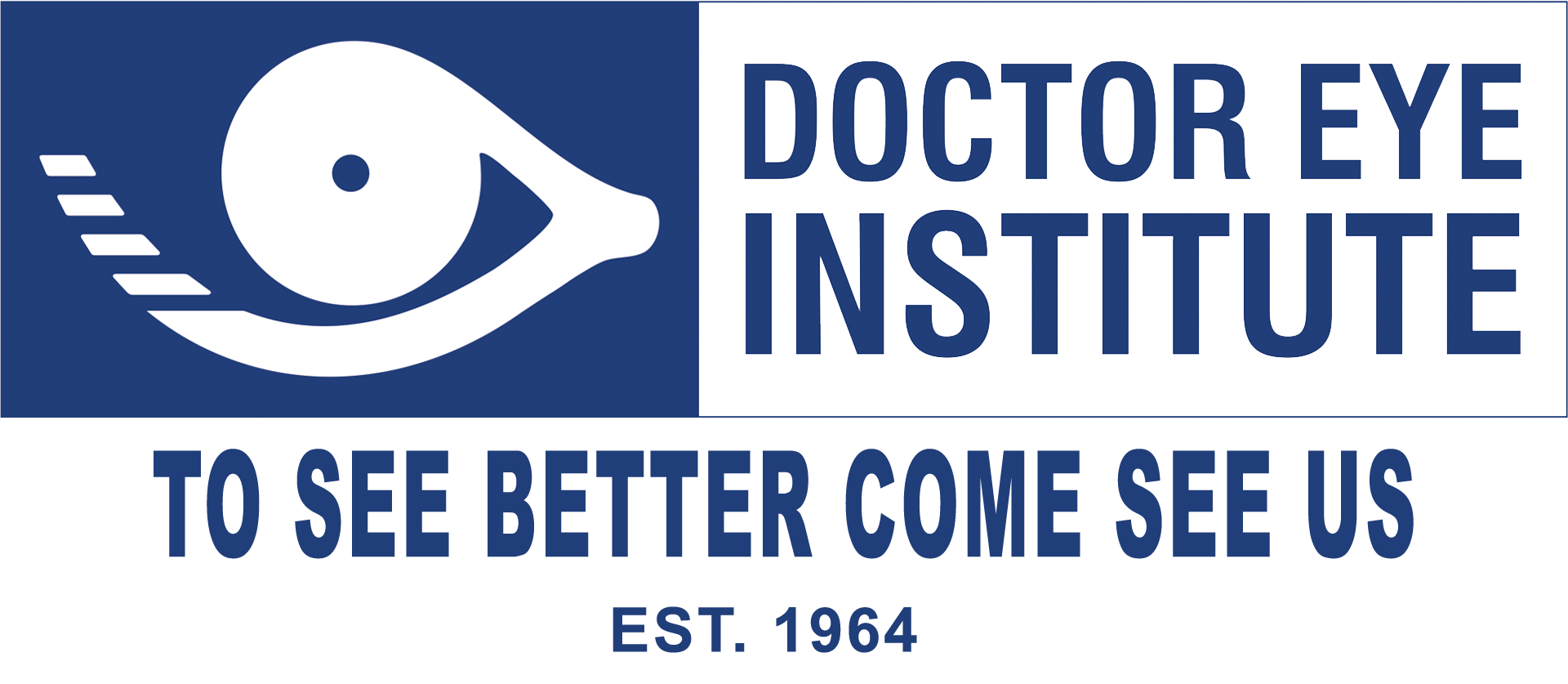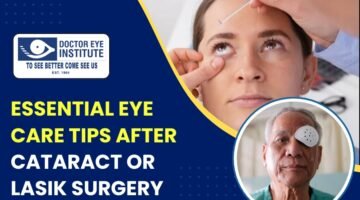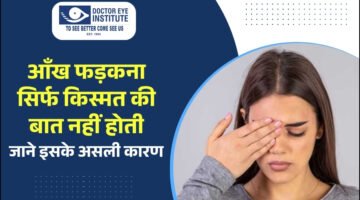Eye Diseases in Children – Overview & Symptoms
Eye diseases can affect individuals of all ages, including children. Recognizing and understanding the symptoms of common eye conditions is crucial for early detection and prompt treatment.
In this blog, we will provide an overview of five prevalent eye diseases in children, including Strabismus, Retinoblastoma, Nystagmus, Color Blindness, and Optic Nerve Hypoplasia, along with their respective symptoms.
Strabismus:
Strabismus, also known as crossed or misaligned eyes, occurs when the eyes do not properly align and work together. Common symptoms of strabismus in children include:
- Crossed or wandering eyes.
- Squinting or closing one eye.
- Tilting or turning of the head.
- Poor depth perception or difficulty focusing.
Retinoblastoma:
Retinoblastoma is a rare type of eye cancer that primarily affects young children. Symptoms of retinoblastoma may include:
- A white glow or reflection in the pupil, especially in photographs.
- A squint or misalignment of the eyes.
- Redness, swelling, or excessive tearing.
- Poor vision or changes in vision.
Nystagmus:
Nystagmus is a condition characterized by involuntary and repetitive eye movements. Symptoms of nystagmus may include:
- Rapid, uncontrollable eye movements.
- Eyes that appear to wobble or oscillate.
- Difficulty focusing on objects.
- Sensitivity to light or glare.
Colour Blindness:
Colour blindness is a genetic condition that affects the ability to perceive and distinguish certain colours. Common symptoms of colour blindness in children include:
- Difficulty differentiating between certain colours, especially red and green or blue and yellow.
- Confusion when matching or identifying colours.
- Misidentification of colour-related objects, such as traffic lights or markers.
Optic Nerve Hypoplasia:
Optic Nerve Hypoplasia is a condition where the optic nerve is underdeveloped. Symptoms of optic nerve hypoplasia may include:
- Poor vision or visual acuity.
- Nystagmus (involuntary eye movements).
- Strabismus or crossed eyes.
- Sensitivity to light or glare.
Early detection and intervention are key when it comes to managing eye diseases in children. If you notice any of the aforementioned symptoms in your child, it is crucial to consult a pediatric ophthalmologist for a comprehensive eye examination. Remember, timely diagnosis and appropriate treatment can significantly improve the long-term visual health and well-being of your child.









